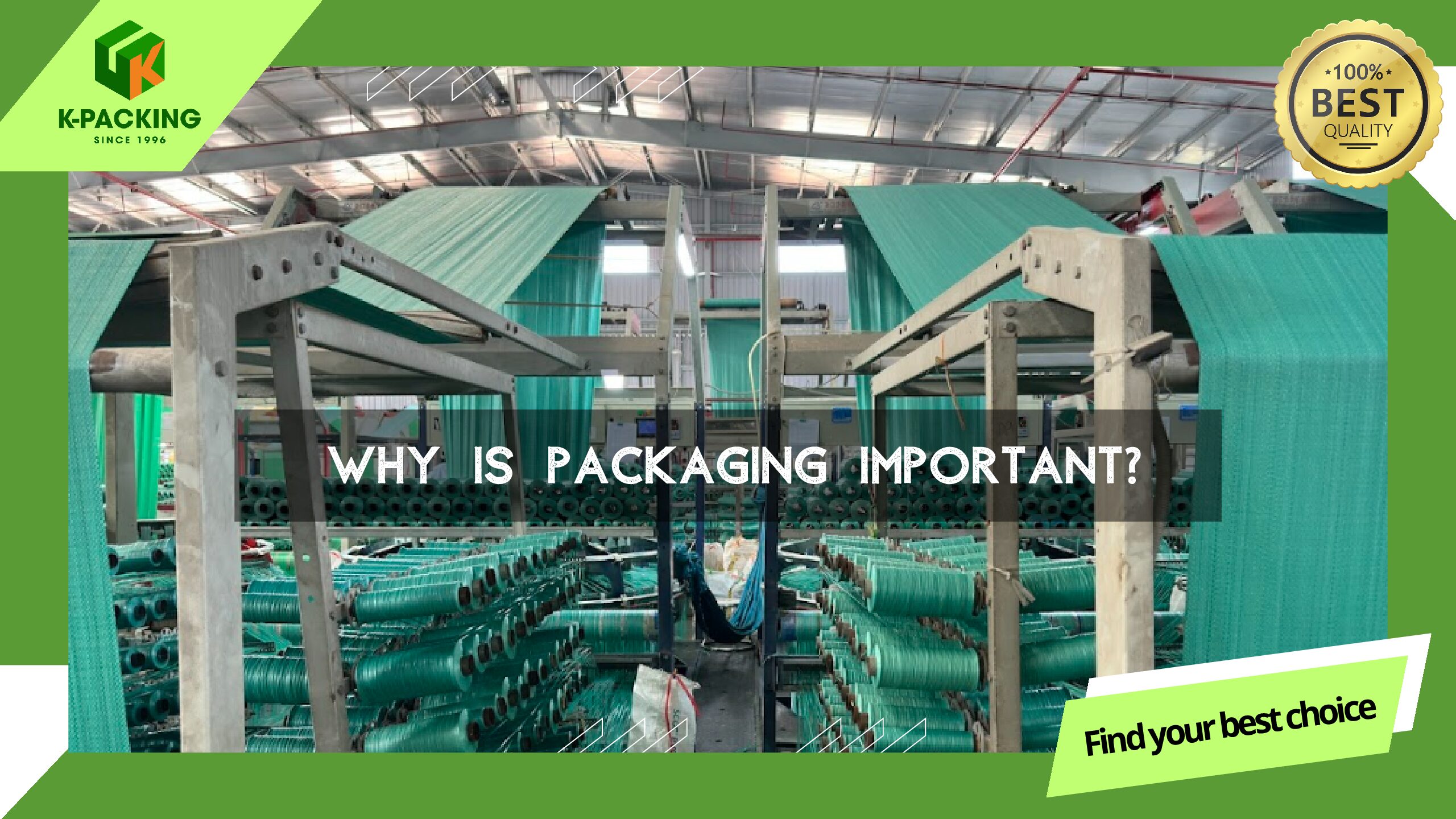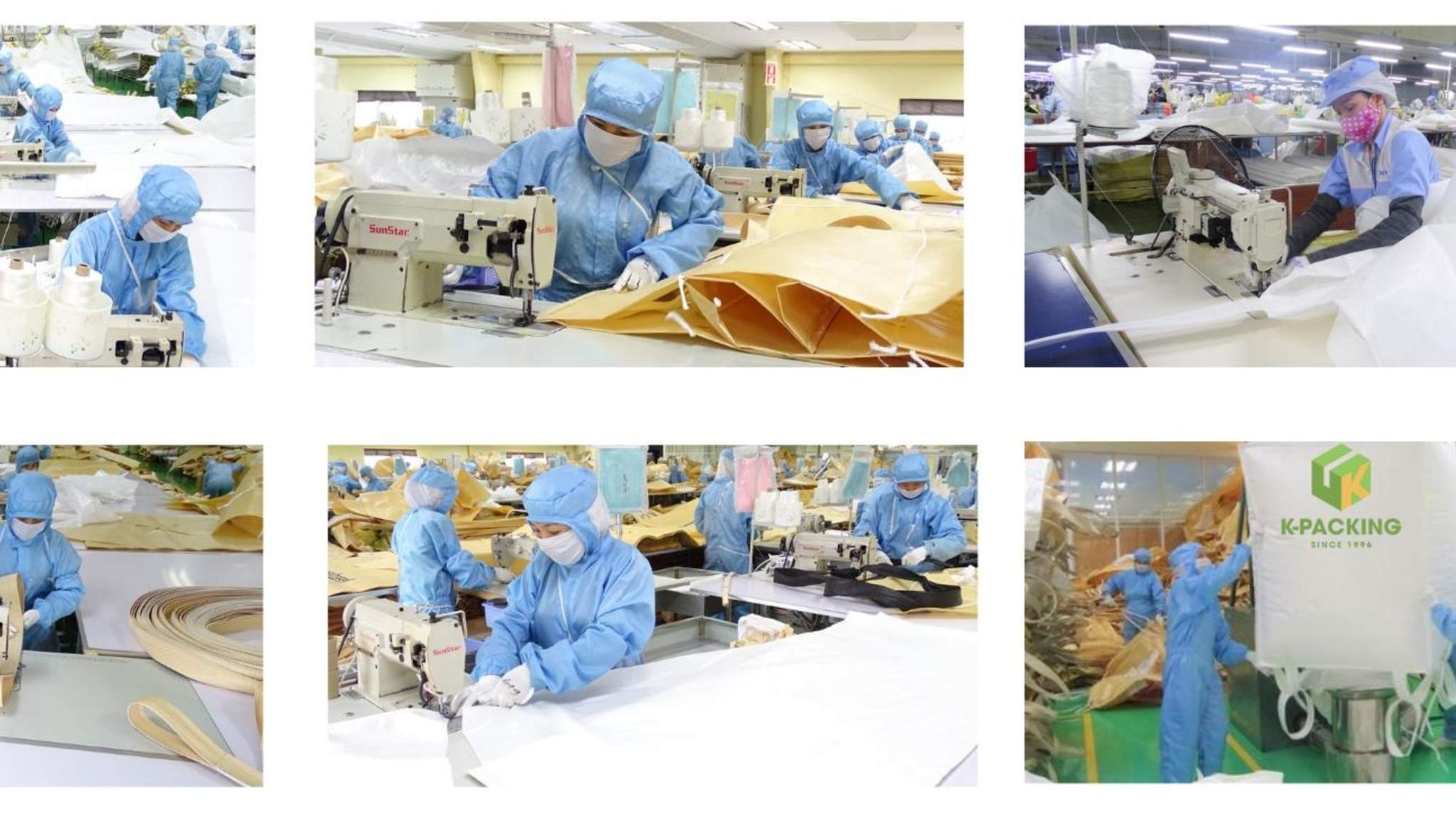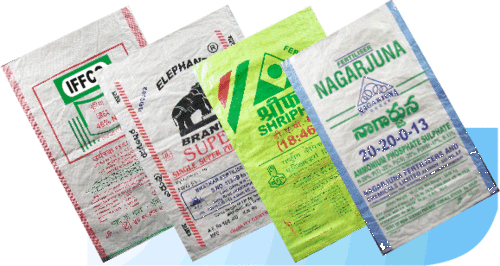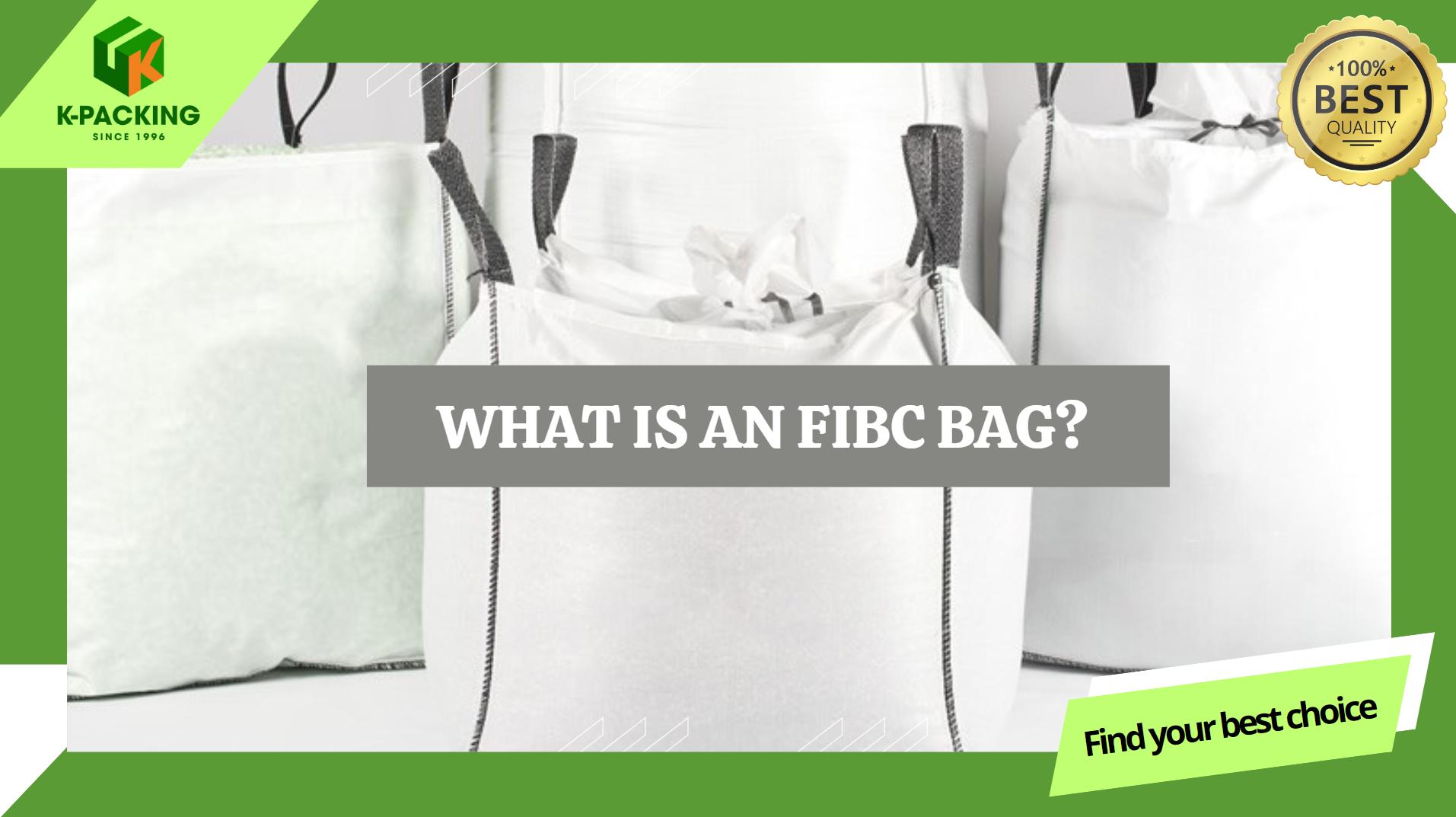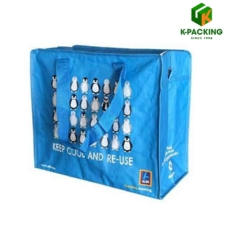Cotton has been used since as early as 5000 BCE in the Indus Valley and is still one of the most loved natural fabrics today. People choose cotton for its softness, breathability, and comfort, making it a favorite for clothes and home textiles. Let’s explore what makes this natural fabric so popular through the centuries.
1.What is cotton fabric?
Cotton is one of the most widely used natural fabrics in the world, made from the fluffy fibers that surround the seeds of the cotton plant. After harvesting, the seeds are separated through ginning, and the fibers are spun into yarn before being woven or knitted into fabric. The result is a soft, breathable material that feels comfortable on the skin ideal for clothing, home textiles, and reusable products.
Cotton is loved for its light weight, excellent moisture absorption, and ability to keep the body cool. Its natural composition makes it safe for daily contact, even for sensitive users, which is why it is trusted for baby clothes, bedding, towels, and eco-friendly shopping bags.
For businesses, cotton is versatile and easy to work with, making it suitable for everything from fashion lines and workwear to home décor and promotional products. For consumers, it is durable, washable, and comfortable – a practical choice that combines quality, style, and sustainability across many everyday products.
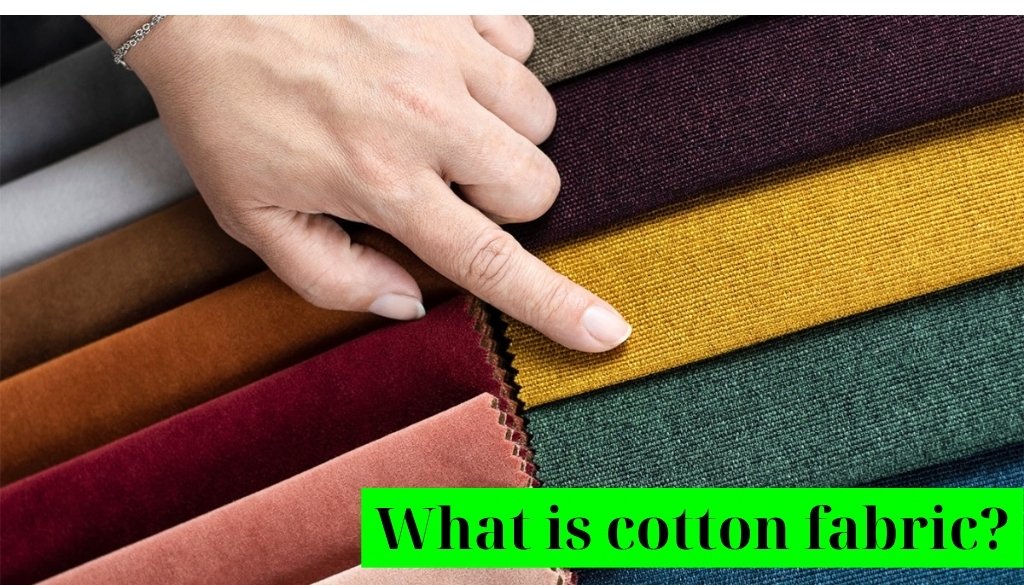
2. Properties of cotton fabric
Cotton is a natural fiber that is soft and smooth, offering a pleasant feel against the skin. It is a safe choice for children and those with sensitive skin because it contains no synthetic chemicals that may cause irritation.
Cotton has excellent moisture absorption, capable of holding up to 65% of its own weight in water. This allows it to absorb sweat quickly and keep the body dry and comfortable. The interwoven fiber structure provides natural breathability, helping regulate body temperature — making cotton ideal for hot and humid climates.
It also has good tensile strength, withstanding pulling forces before tearing, and can be washed many times while maintaining its softness. With proper care, cotton products last a long time without becoming stiff or losing their shape.
As a natural fiber, cotton is biodegradable and produces no toxic fumes when burned, helping reduce waste and making it environmentally friendly.
The main drawback of cotton is that it wrinkles easily and may shrink after washing, especially after dyeing. To keep cotton looking its best, it should be washed in cool or warm water, dried properly, and lightly ironed if needed.
3. The different types of cotton fabric
- Short-staple cotton: This is the shortest type of cotton fiber, commonly used for basic, everyday products. It is durable but not as soft or smooth as longer fibers, making it suitable for mass-produced garments and budget-friendly reusable tote bags.
- Long-staple cotton: With longer fibers, this type produces softer, stronger, and smoother fabric compared to short-staple cotton. It is ideal for higher-quality shirts, bed linens, and sturdier reusable shopping bags that need a premium look and feel.
- Extra-long-staple (ELS) cotton: ELS cotton has the longest and finest fibers, producing exceptionally soft, smooth, and durable fabric. It is considered the most luxurious type of cotton and is used for premium dress shirts, luxury bedding, and high-end branded totes for luxury retail.
- Egyptian cotton: A renowned variety of ELS cotton grown in Egypt, known for its extra-long, fine, and strong fibers. Perfect for luxury sheets, towels, and exclusive reusable bags for premium brands or limited-edition campaigns.
- Pima cotton: A type of ELS cotton mainly grown in the United States, valued for its strength, resistance to pilling, and vibrant color retention. Pima cotton is often chosen for durable, stylish tote bags that need to withstand frequent use.
- Supima cotton: The highest grade of Pima cotton, certified by the American Supima Association (ASA). Its softness and durability make it perfect for premium reusable gift bags or corporate promotional totes where quality and brand image matter most.
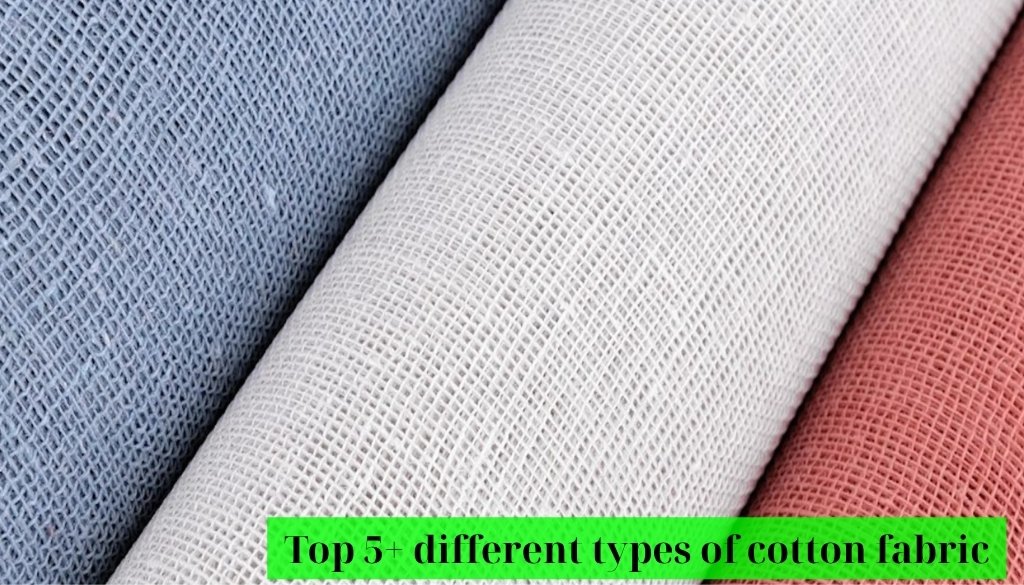
4. Applications of cotton fabric
Cotton fabric is one of the most versatile materials, found in almost every part of daily life. Its softness, breathability, and durability make it ideal for apparel, home textiles, and even reusable products. Below are the main areas where cotton fabric is most commonly used:
4.1 Applications in apparel
Cotton is one of the most common materials for making T-shirts, shirts, dresses, trousers, children’s clothing, and baby wear. Its soft and breathable nature makes it comfortable for everyday use. It is also perfect for sportswear and activewear since it absorbs sweat well and keeps the body cool.
Because cotton is gentle on the skin, it is widely used for underwear, socks, and sleepwear. Many companies also choose cotton for office uniforms and event T-shirts as it is easy to print with logos and designs.
4.2 Applications in home & interior
Cotton bedding sheets, pillowcases, blankets, and duvets is highly breathable, lightweight, and easy to wash, making it a favorite choice for year-round comfort.
It is also popular for home décor items such as curtains, sofa covers, and decorative cloths. These products add a natural, cozy look to living spaces while remaining easy to clean and maintain.
4.3 Household, industrial
Cotton is widely used for towels, washcloths, cleaning cloths, and bed linens because of its excellent absorbency and ability to handle frequent washing without losing quality.
It is a preferred material for masks, gloves, and sun-protection jackets, as well as medical supplies such as cotton pads and gauze.
Most importantly, cotton reusable bags have become a popular sustainable choice. They are durable, washable, and provide an eco-friendly alternative to single-use plastic bags – perfect for shopping, events, and branded giveaways.
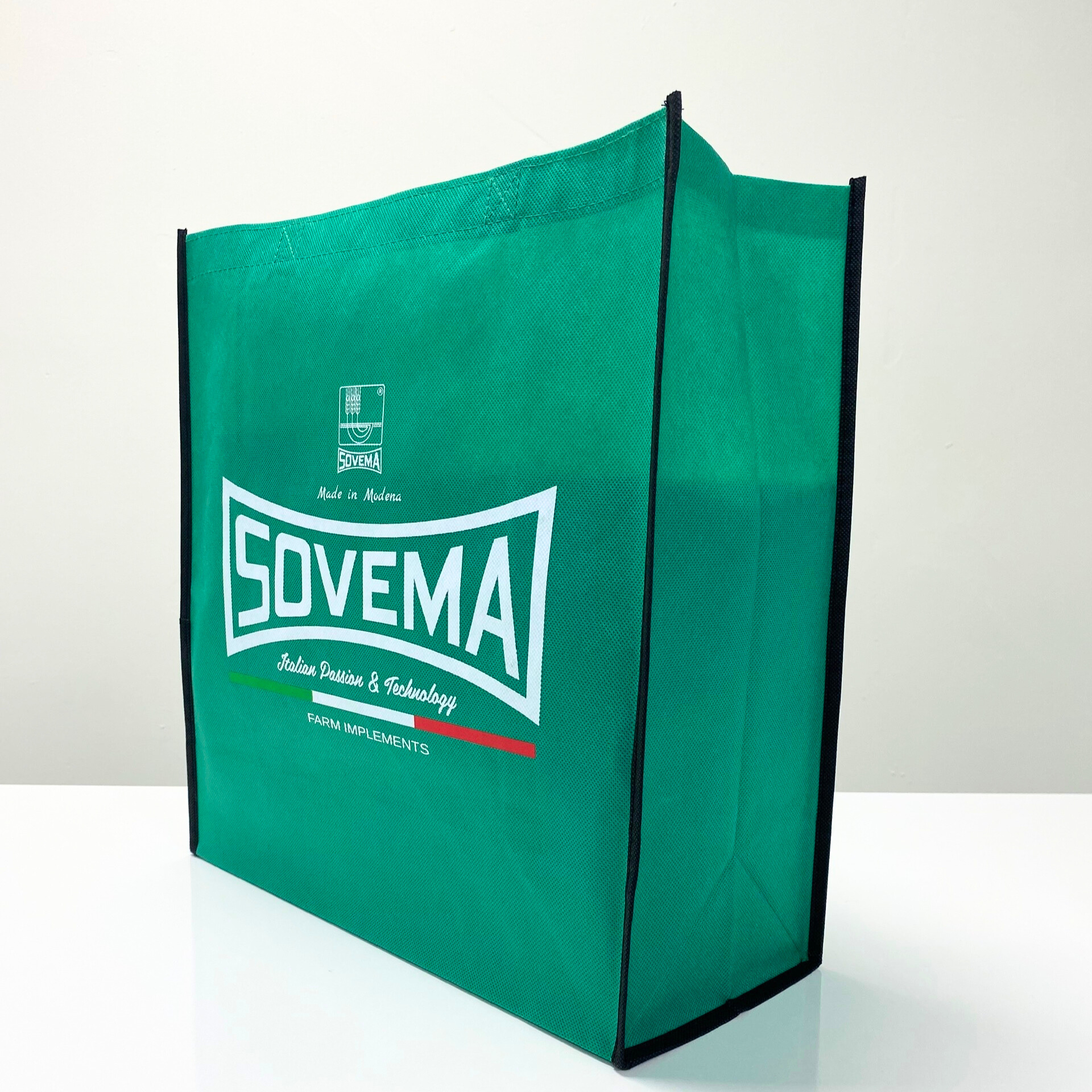
5. Cotton fabric care guide
When using cotton fabric, it’s important to wash, dry, and store it properly to keep it in good condition. Wash with cold or lukewarm water (below 40°C) to minimize shrinkage, and avoid hot water or strong bleach that may weaken the fibers and cause colors to fade. Sort clothes before washing – whites separately from colors – especially for the first wash to prevent color bleeding.
Turn garments inside out before drying and ironing to reduce fading and help preserve the fabric’s color. Dry in a well-ventilated area with gentle airflow and avoid direct, harsh sunlight, which can make the fabric brittle, dull, and less soft. For heavier clothing, lay flat or hang horizontally to prevent stretching or misshaping.
Because cotton is highly absorbent, avoid storing it in damp places where mold and unpleasant odors may develop. Hang or dry clothes immediately after washing, rather than leaving them in the machine. Iron at a moderate temperature, preferably on the inside of the garment, to prevent scorching or color damage. Finally, store cotton items in a dry, cool place away from direct sunlight to keep them vibrant and long-lasting.
Conclusion
Cotton is one of the most loved natural fabrics because it is comfortable, breathable, and biodegradable. It has been used for centuries and continues to be a top choice for clothing, home textiles, and reusable products.
However, cotton production still raises concerns. Large-scale farming consumes significant amounts of water, depletes soil nutrients, and relies on pesticides and fertilizers that can harm the environment. In some areas, poor labor conditions and exploitation in the cotton supply chain have also been reported.
Sustainable and organic cotton farming methods are helping to solve these problems by reducing chemical use, improving soil health, and ensuring fair treatment for workers. For consumers, the best way to reduce impact is to reuse cotton products as much as possible, choose high-quality items, and support brands that are committed to ethical and eco-friendly production.




